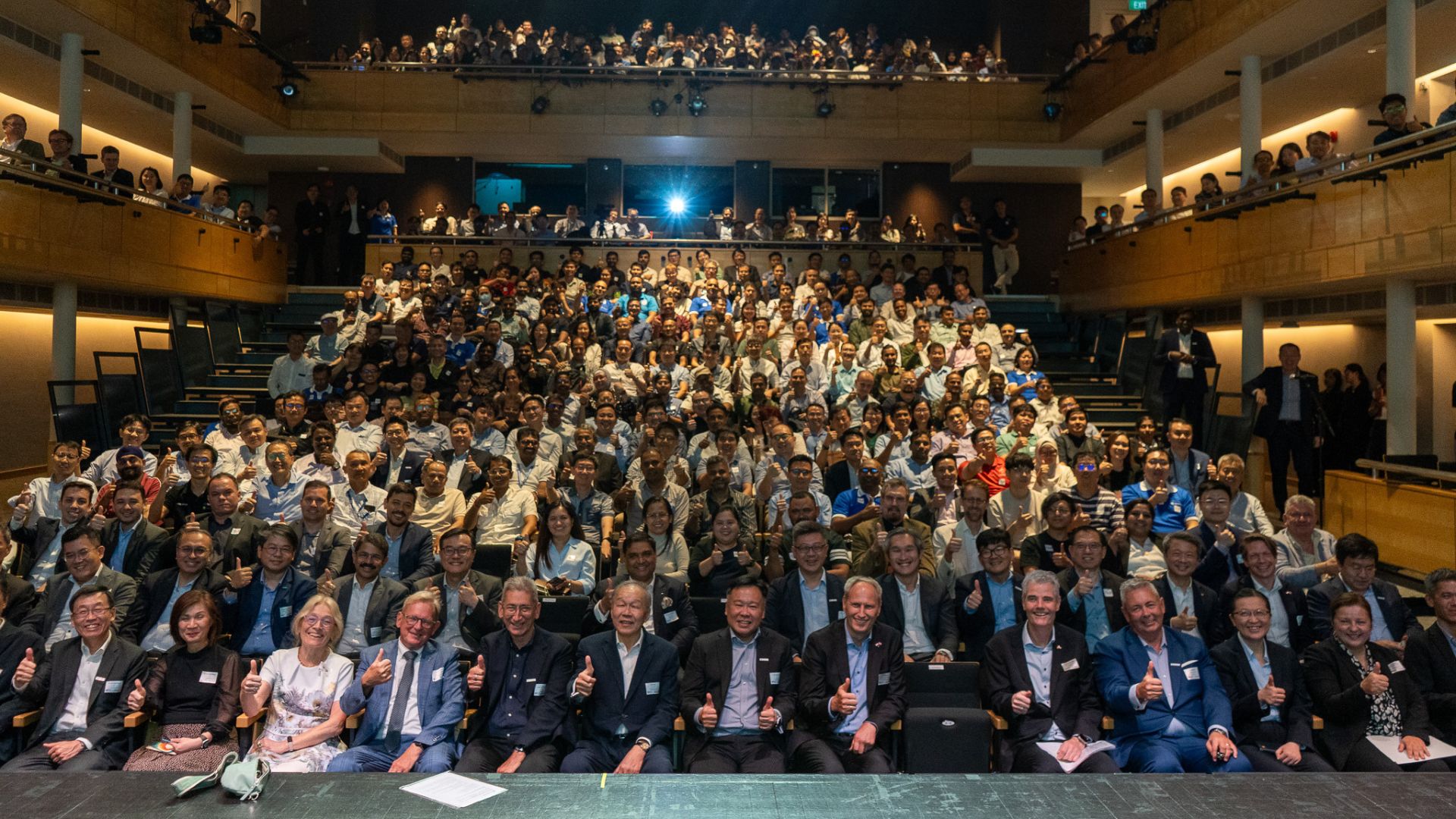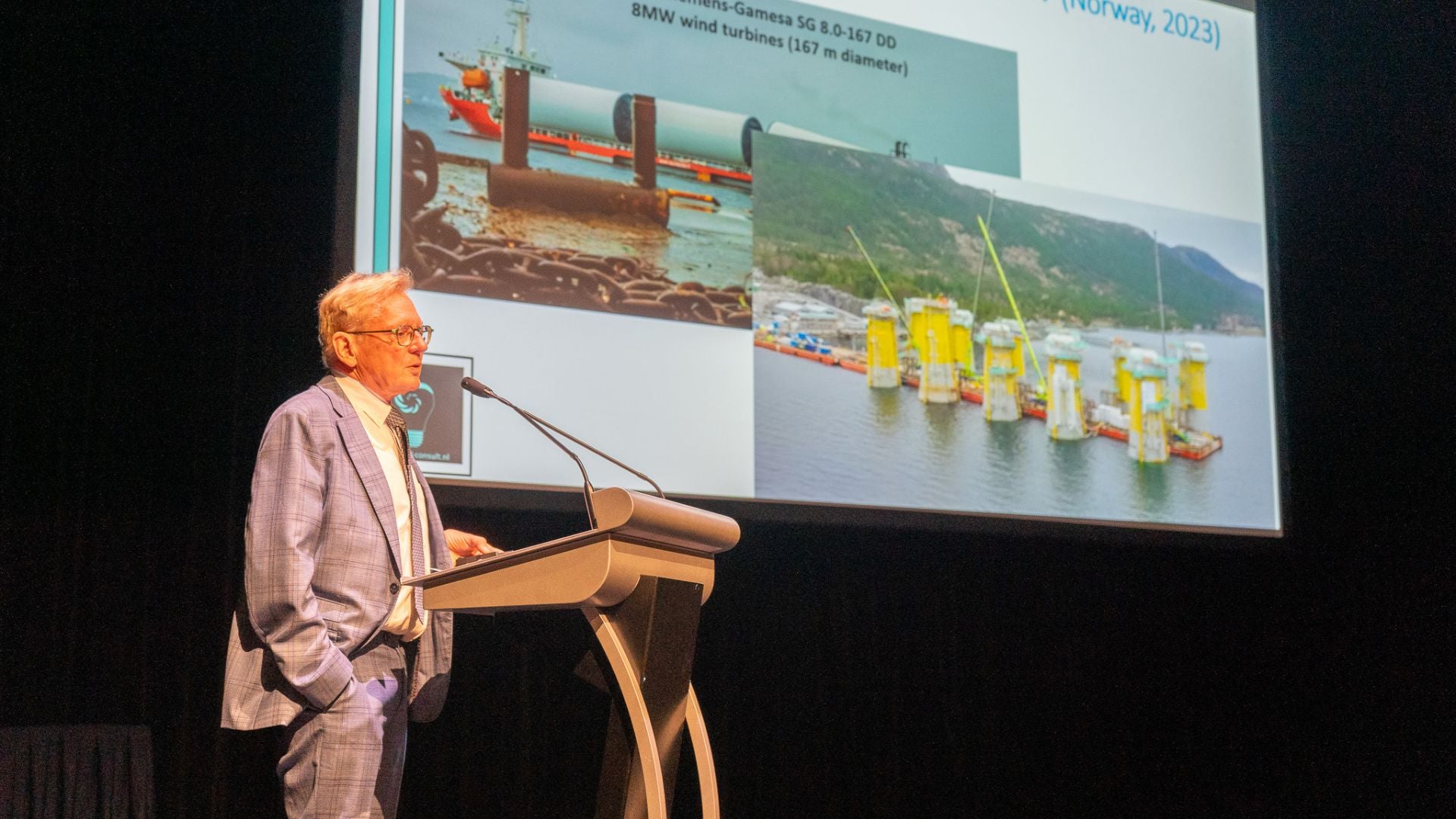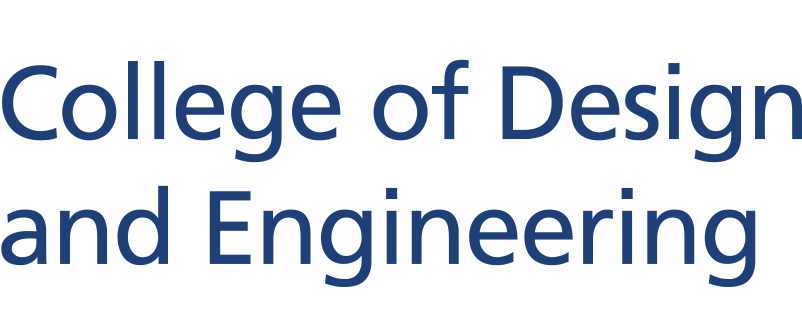
"Floating offshore wind energy can be the game changer," said Emeritus Professor Dr Gerard van Bussel, Seatrium Professor at NUS, at the Seatrium Public Lecture on 7 August 2025 at the NUS University Cultural Centre.
A globally recognised expert in wind energy systems, Prof van Bussel was the keynote speaker at the event. Titled Offshore Wind: A Game Changer in Our Future Energy Supply, the lecture drew students, faculty, alumni, industry professionals and guests for an evening of exploration into the next frontier in renewable energy technology.
The event opened with remarks from Professor Silvija Gradečak-Garaj, Vice Dean of Research and Technology at CDE, who highlighted the importance of academic–industry partnerships in advancing sustainable technologies.
“The Seatrium Professorship has clearly provided an excellent platform for academics and practitioners to exchange ideas, and to discuss how technological innovation can be harnessed to improve lives and transform industries," said Prof Gradečak-Garaj.
Mr Mark Gainsborough, Chairman of the Board at Seatrium Ltd, echoed the importance of open collaboration. He added, “We believe it is essential to build bridges between industry and academia, and make sure we have platforms where big ideas can be shared and bold questions asked.”
The event was also graced by His Excellency Mr Leif Trana, Ambassador of Norway to Singapore, and His Excellency Mr Jakob Brix Tange, Ambassador of Denmark to Singapore.
Four decades of progress in wind energy

Reflecting on the sector’s progress, Prof van Bussel said he sees “wind energy as part of a future sustainable energy supply”. In his lecture, he spoke about the evolution of wind turbine technology from modest onshore turbines to today's massive offshore units, pointing out that engineers have built the largest rotating machines on Earth, with a single blade of a modern 20-megawatt wind turbine stretching more than 130 metres. Producing just ten of these 15-megawatt turbines each year, he explained, could completely compensate for the annual growth in Singapore’s energy demand.
This technological upscaling has been matched by major efficiency gains. In about 30 years of research and development, the sector has achieved a fortyfold increase in power output, an eightyfold increase in production, and a tenfold reduction in costs.
Floating offshore wind: the next frontier
While bottom-fixed offshore wind has reached commercial maturity, Prof van Bussel noted that floating offshore wind is poised to open new opportunities, especially in deeper waters and regions with limited shallow seabed. At present, about 250 megawatts of floating capacity is installed globally, but the technology is developing quickly. He emphasised the importance of building demonstrators to learn and refine the approach before scaling up, noting that if the industry commits to the technology, “we will see a very steep learning curve”.
Although Singapore’s wind resources are limited, its strengths in maritime engineering, high-voltage infrastructure and complex offshore construction position it as a key contributor to the regional offshore wind ecosystem. According to Prof van Bussel, these capabilities allow Singapore to deliver platforms, power systems and specialised components that make large-scale offshore wind viable.
Beyond electricity: renewable molecules and ammonia
Looking ahead, Prof van Bussel discussed how offshore wind could power the production of renewable fuels and industrial feedstocks. “Green ammonia from offshore wind may become a serious business case,” he said, explaining that ammonia is easier to transport than hydrogen because it becomes liquid at minus 30 degrees Celsius, a temperature that is relatively easy to achieve, and has a higher energy density. It is already used in fertiliser production, engines and fuel cells, and benefits from existing infrastructure.
However, he noted that ammonia is toxic, flammable and corrosive, which will require careful integration into existing systems. More broadly, he said that “going to molecules, renewable molecules, is something we all need in the future”, particularly in applications where electricity alone is impractical.
Engaging dialogue and a call to action

Following the lecture, the Q&A session gave audience members the chance to pose questions to Prof van Bussel, sparking a lively exchange of perspectives on the challenges and future directions of offshore wind technology.
In closing, Prof van Bussel encouraged the audience to contribute in their own capacity to accelerating the transition to renewable energy. He emphasised that the future energy mix should increasingly position wind, solar and other renewable sources as the primary choice for sustainable growth.
Now in its third edition, the Seatrium Public Lecture Series continues to provide a platform for critical conversations on engineering and sustainability. This year's lecture reaffirmed the role of constructive knowledge exchange and international collaboration in building a greener, more resilient future.





